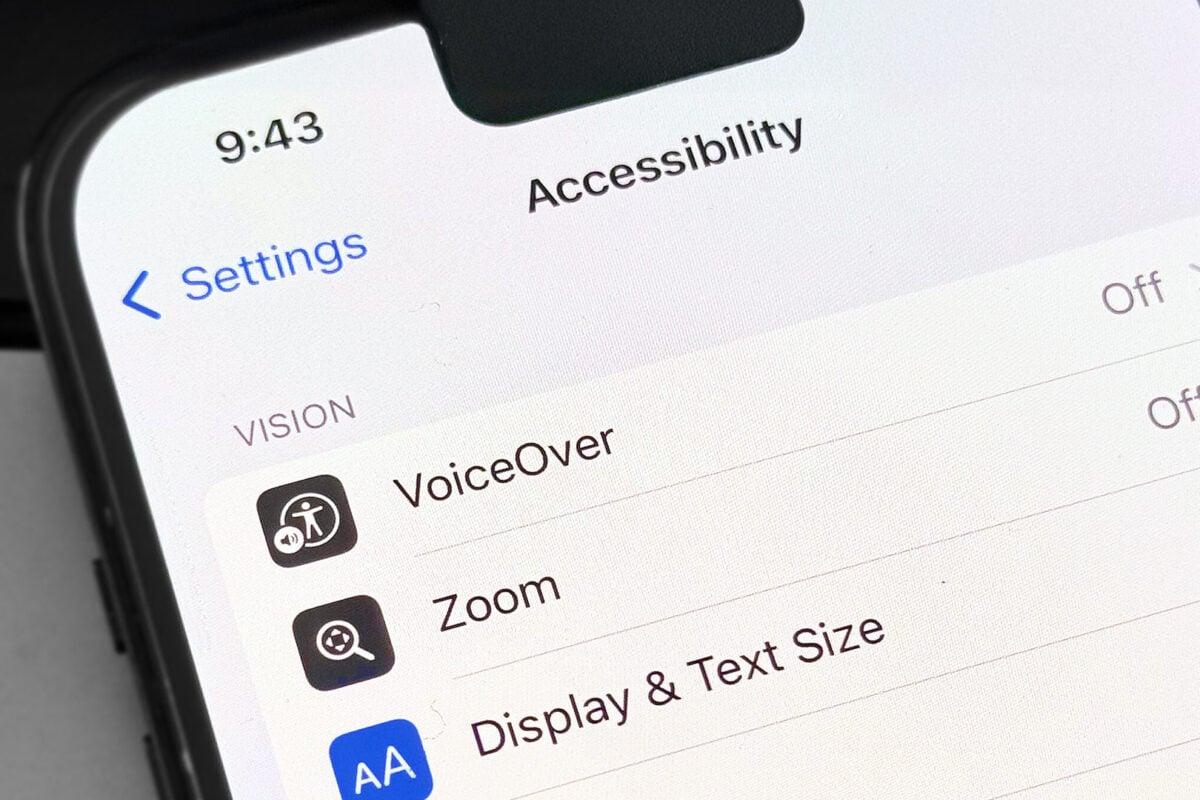Digital accessibility is a growing priority for businesses across the globe. Yet a 2024 WebAIM report found that more than 95% of the top home pages still have accessibility issues.
Why? And how can you prevent your own digital properties from appearing on the list?
Many factors are to blame. Technical complexity and lack of budget are two common issues. Less often cited, but still pernicious: company culture.
The “fix it and forget it” mentality
Many companies approach accessibility as a “check the box” exercise. They add an accessibility widget to the corner of their website. They run a scan, then make fixes.
These actions mitigate legal risk, but not for long. Technology and user needs are always evolving. Companies perform frequent retrofits just to keep up.
These retrofits can burn budgets and burn out teams. People start with good intentions. Most want to be inclusive. But they might not have personal experience with accessibility issues. They may see accessibility as an abstract concept, or an arbitrary requirement. Without deeper motivation to meet accessibility standards, your compliance suffers.
You could run accessibility scans more often. But there’s a better way.
Build accessibility and inclusion into your company culture
To create meaningful solutions, you must embed accessibility into your business practices. Accessibility must be both a shared responsibility and a core value.
Empathy should be at the heart of this cultural shift. Empathy helps forge a genuine understanding of and commitment to all users. This encourages continuous learning and improvement. It deepens employee engagement. And in time, it can add meaning and value to every touchpoint in your customer experience.
Here are four ways to start building a cultural foundation for accessibility.
1. Identify accessibility champions
Accessibility champions can help you bridge the gap between compliance and genuine inclusion. To identify champions, look for those who show a genuine interest in accessibility. Include representatives from a range of departments or functional areas. Then get their help to champion inclusive practices across your organization.
2. Provide regular training and workshops
Offer training on digital accessibility and disability awareness. Check with local disability advocates or groups to find experts near you. Their firsthand knowledge can make the training more impactful. Many colleges also have departments in disability studies and inclusive design. You can even find online resources and webinars from trusted organizations.
Using online resources isn’t just helpful for remote teams. Different formats will help you cater to different learning styles. Some people understand information better when they see it. Others prefer to read or do hands-on activities. A blended approach helps keep teams engaged and informed, no matter how they learn best.
3. Use assistive technologies
Most computers and mobile devices come with built-in assistive technologies. Have your team test these on your own digital properties. Ask:
- How well can they find content on your company website or employee portal?
- Can they access all the features?
- How quickly can they complete typical tasks?
You can also use browser extensions to simulate disabilities. The WCAG Color Contrast Checker, for example, enables contrast checks for website text. However, these simulations have their limits. Using a browser extension, for example, will never re-create what it’s like to have a disability. Be sure to pair any simulations with other methods that represent the depth and diversity of lived experiences.
4. Make accessibility audits more meaningful
Hire consultants who have disabilities to assess your digital properties and provide feedback. Then share the findings with others throughout your organization. The feedback can be eye-opening, and the personal element will make the learnings more meaningful.
You can also consider creating user panels. On a user panel, people with disabilities provide feedback on your products and services. This helps teams understand the real-world impact of their work.
If you go this route, be sure to compensate panel members for their time and expertise. This encourages active participation and shows that you value their contributions.
An inclusive culture benefits everyone
This is just a short list of ways you can foster an inclusive culture. Doing so can not only help you meet legal requirements for accessibility. It can also enhance your brand reputation, customer loyalty and employee satisfaction.
See how we built accessible content for The Hershey Company.





